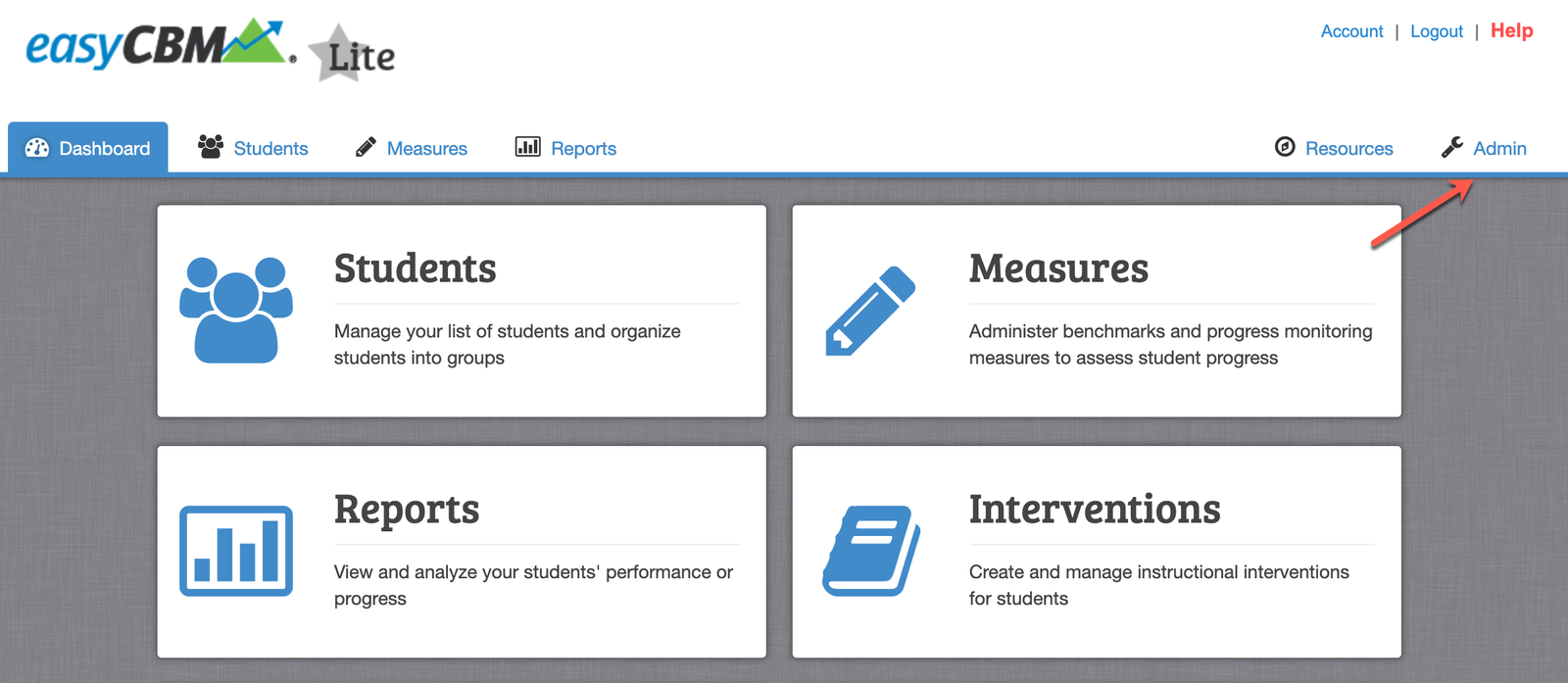Introduction to School Attendance Tracker and Its Significance
The school attendance tracker is an essential statutory record that every educational institution must maintain. It plays a pivotal role in ensuring student discipline, monitoring attendance trends, and enhancing overall school administration. This guide offers practical insights into calculating weekly attendance percentages effectively. For more on the importance of attendance tracking in education, check out this comprehensive guide from UNESCO.
What Is a School Attendance Tracker?
A school attendance tracker is a detailed record designed to log students’ daily attendance, punctuality, and overall engagement. It involves meticulous tracking, reporting, and management of learners’ presence, absence, and regularity. It is also called the attendance register. This register serves as a vital tool to document enrollment statistics, offering an insightful overview of student participation.
Key Data in a School Attendance Tracker [Register]
A school attendance tracker includes several critical pieces of information, such as:
- Admission numbers of students.
- Alphabetically arranged student names.
- Gender, age, and date of birth.
- Parent or guardian details, including address and religion.
- Fee payment status.
- Morning and afternoon attendance.
- Weekly, termly, and annual attendance summaries.
- Space for teachers to record percentages and weekly summaries.
- Verification section for headteachers.
SEE How to Make Money from Home — A Beginner’s Guide to Freelance Opportunities
Why Is the School Attendance Tracker [Register] Important?
The importance of school attendance tracking extends beyond documentation. Here’s why it matters:
- It provides teachers with accurate records of students’ attendance patterns.
- Highlights lateness, irregularity, or absenteeism.
- Aids in addressing truancy and poor attendance.
- Alerts parents about irregularities or unpaid fees.
- Serves as an essential resource for counselors to guide students effectively.
How to Record Data in a School Attendance Tracker [Register]
Follow these best practices to maintain an accurate and professional attendance record:
- Enter full student names in uppercase letters.
- Use black ink for boys and blue ink for girls.
- Arrange names alphabetically and update them at the start of every session.
- Mark attendance daily with a stroke for “present” and a circle for “absent.”
- Ensure records are error-free; corrections must be circled in red ink.
- Log holidays or special closures clearly in the attendance section.
- Complete weekly and termly summaries on time and ensure headteacher approval.
Step-by-Step Guide to Calculating Weekly Attendance Percentage
Calculating weekly attendance percentages can be simplified with a straightforward formula:
Formula:
(Morning Attendance + Afternoon Attendance) × 100 ÷ (Number of Students × Days School Opened)
Example 1: Full Attendance for the Week
Scenario: A class of 30 students attended every session during a 5-day week.
- Morning attendance: 40 students × 5 days = 200.
- Afternoon attendance: 40 students × 5 days = 200.
- Total attendance: 200 + 200 = 400.
- Percentage: (400 × 100) ÷ (40 × 10) = 100%.
Example 2: Partial Attendance Due to Holidays
Scenario: A class of 20 students experienced a 4-day school week due to a public holiday. One student was absent for a day:
- Morning attendance: 20 students × 4 days = 80.
- Afternoon attendance: 20 students × 4 days = 80.
- Total attendance: 80 + 80 = 160.
- Adjusted for absence: 160 – 2 = 158.
- Percentage: (158× 100) ÷ (20 × 8) = 75%.
Attendance Tracker Template and Guidelines
For seamless tracking, adhere to these guidelines:
- Use strokes for presence and circles for absence.
- Holidays should be marked with vertical lines or labeled clearly as “HOLIDAY.”
- Weekly summaries must be signed by the headteacher every Friday.
READ: Adventure Travel for Thrill Seekers — Exploring the World’s Most Extreme Expeditions
Everything You Need to Know About School Attendance Tracking: FAQs Answered!
What is a school attendance tracker, and why is it important?
Analysis:
A school attendance tracker is a critical tool used by educational institutions to monitor and record student attendance. It ensures that every student’s presence, absence, and punctuality are documented in detail. This tracker also referred to as the attendance register, helps maintain discipline and ensures adherence to statutory regulations.
The importance of a school attendance tracker lies in its ability to:
- Provide accurate records of attendance trends over time.
- Identify patterns of lateness, absenteeism, or irregular attendance.
- Serve as a reference for counseling students who may face academic challenges due to poor attendance.
- Alert parents about irregularities in attendance or outstanding fees.
- Support school administration in maintaining a structured and efficient environment for learning.
What information is included in a school attendance tracker?
Analysis:
A school attendance tracker contains essential key data that gives a comprehensive overview of each student. This includes:
- Admission numbers, student names (arranged alphabetically), and demographic information like gender, age, and date of birth.
- Parent or guardian details such as contact information, address, and religion (where applicable).
- Fee payment status, which is vital for administrative purposes.
- Daily attendance records for both morning and afternoon sessions.
- Summaries of weekly, termly, and annual attendance percentages.
In addition to the above, there is a section for teachers to calculate and document attendance percentages and for headteachers to verify and approve the records. This level of detail makes the tracker indispensable for monitoring student participation.
SEE Solo Adventure Travel Experiences — Discover the Hidden Benefits of Traveling Alone
How can teachers calculate weekly attendance percentages effectively?
Analysis:
Calculating weekly attendance percentages is an essential skill for teachers to ensure accurate tracking and reporting. The formula for this process is:
(Morning Attendance + Afternoon Attendance) × 100 ÷ (Number of Students × Days School Opened).
For example:
- Full attendance for a 5-day week:
If a class has 40 students and all attended every session, the weekly attendance percentage would be 100%. - Partial attendance with absences or holidays:
If a 20-student class attended a 4-day week due to a holiday, and one student was absent for one day, the adjusted percentage would reflect the absences.
By following this formula, teachers can maintain accuracy in attendance summaries, which is crucial for identifying trends and maintaining discipline.
What are the best practices for maintaining an accurate school attendance tracker?
Analysis:
Adopting best practices ensures the accuracy and professionalism of school attendance records. These include:
- Writing student names in uppercase letters for consistency.
- Black ink for boys and blue ink for girls are used to differentiate records.
- Marking attendance daily with a stroke for “present” and a circle for “absent.”
- Logging holidays or closures distinctly, labeled as “HOLIDAY.”
- Correcting errors by circling them in red ink to maintain a transparent record.
Additionally, teachers should promptly complete weekly and term summaries and ensure that the headteacher signs off on them for verification. These practices streamline attendance tracking and contribute to overall school administration efficiency.
Why is attendance tracking essential for school administration and student discipline?
Analysis:
Attendance tracking is fundamental to maintaining order and efficiency within school administration. It enables schools to:
- Monitor and analyze attendance trends, helping to address chronic lateness or absenteeism.
- Identify students who may need intervention or counseling due to irregular attendance patterns.
- Alert parents to any attendance issues or unpaid fees promptly.
- Uphold discipline by ensuring that students and their guardians are held accountable for attendance-related irregularities.
From an administrative perspective, attendance trackers act as statutory records that provide evidence of compliance with educational policies and guidelines. They also help educators foster a culture of regularity and commitment among students.
Conclusion: Building Expertise in Attendance Tracking
Accurately managing a school attendance tracker is crucial for educators, especially new teachers. This skill isn’t commonly taught during teacher training but is essential for effective classroom management. By mastering the techniques shared in this guide, you’ll enhance your ability to maintain statutory records and contribute to quality education.
Stay informed and professionally equipped by exploring similar guides. For further assistance, connect with us to learn more about attendance tracking and its best practices.




